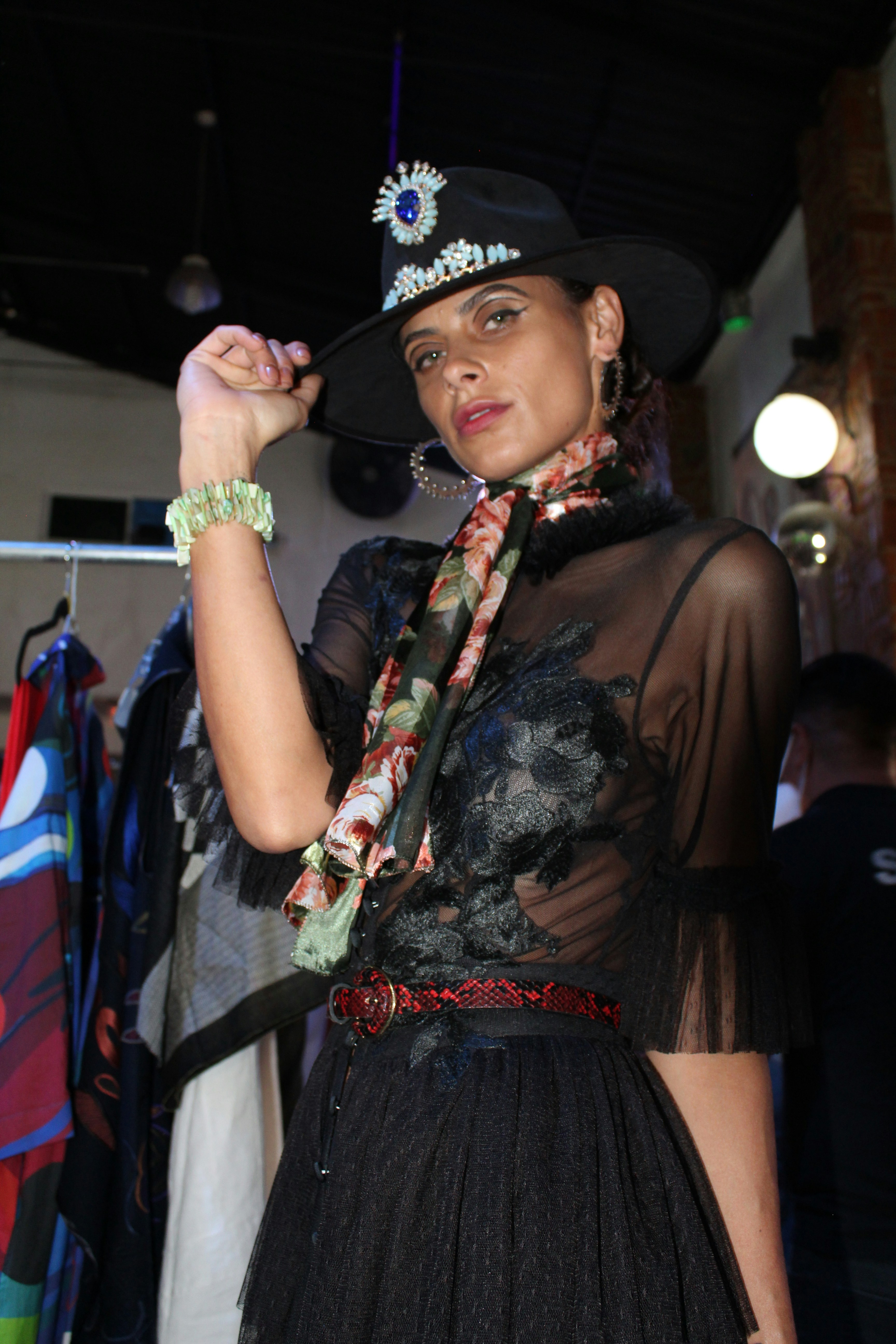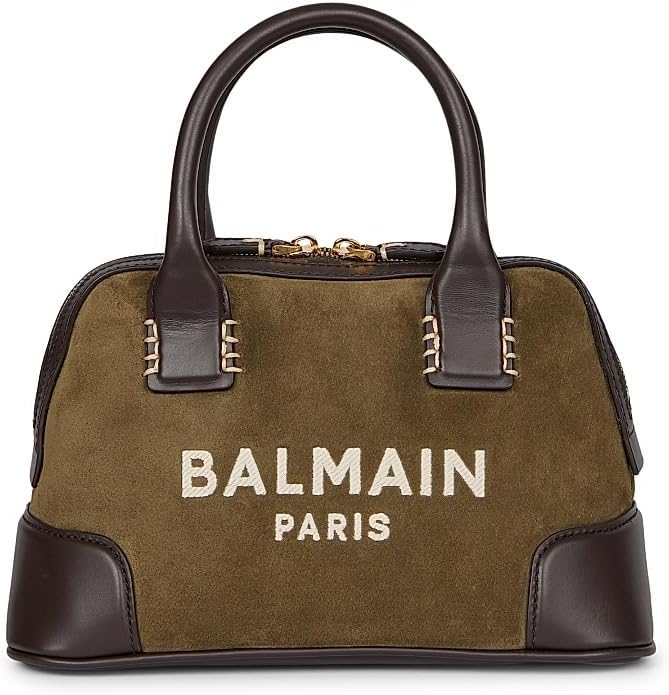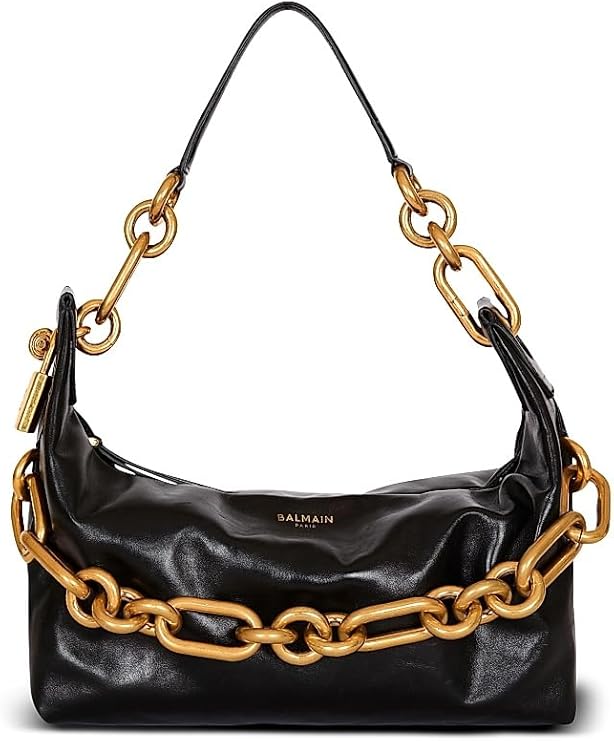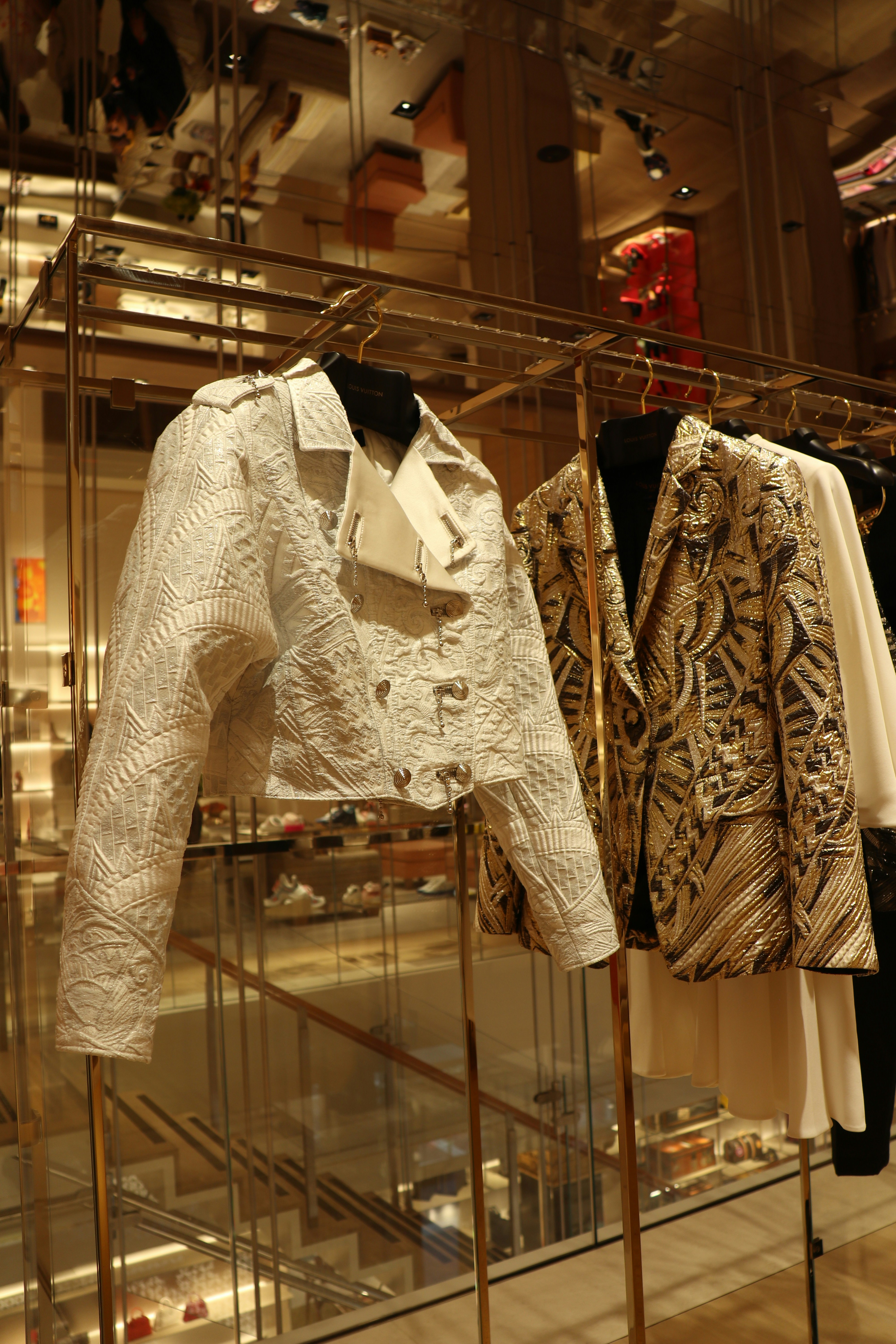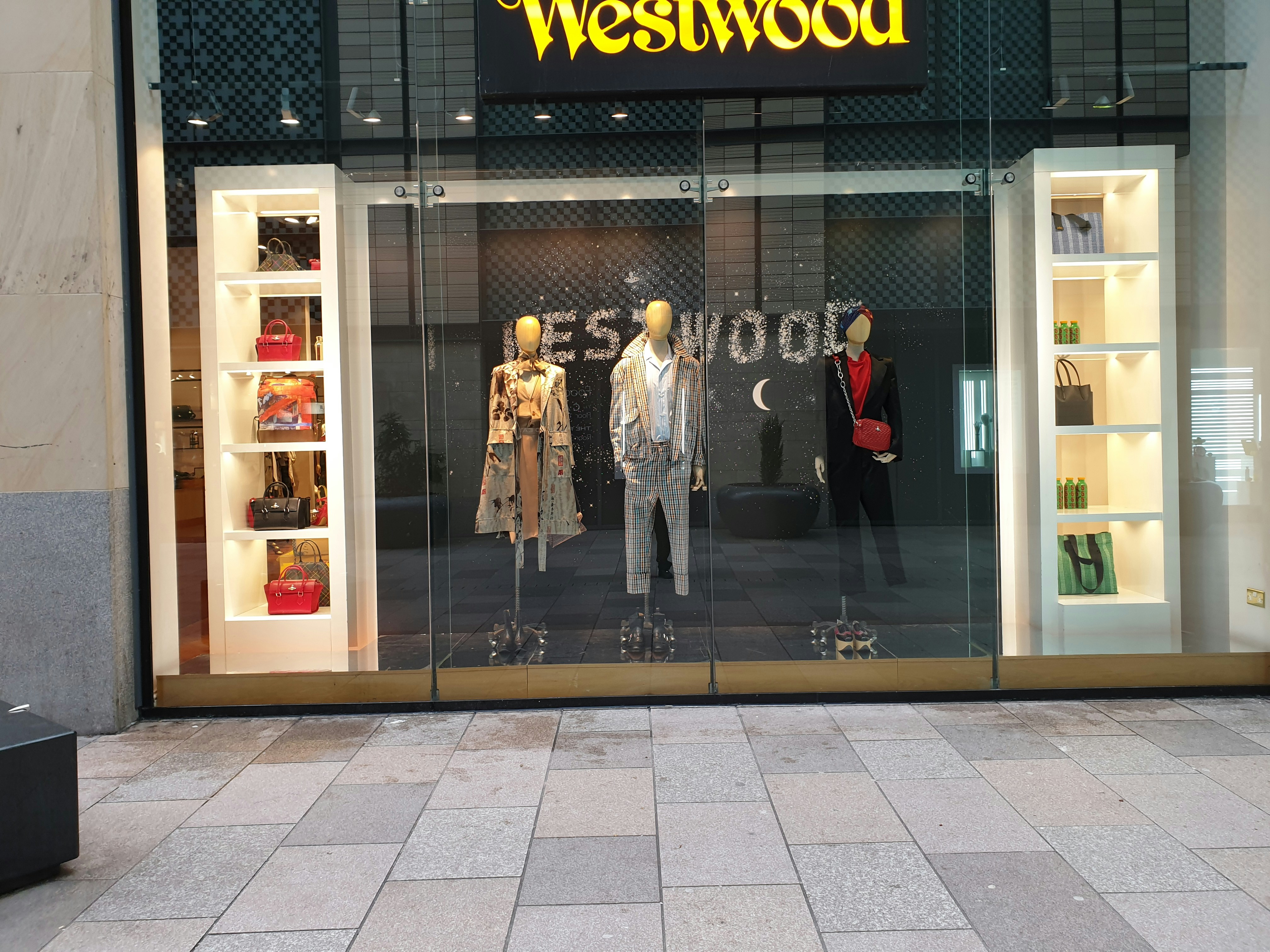A Glimpse into Dries Van Noten’s Early Life and Influences
Dries Van Noten was born in 1958 in Antwerp, Belgium, into a family deeply embedded in the textile industry. His grandfather owned a fabric shop, and many of his family members were tailors, which provided Van Noten with an early exposure to the intricacies of fabrics and stitching. This familial connection to textiles fostered his appreciation for the craftsmanship involved in fashion and likely planted the seeds for his future career as a designer. Growing up surrounded by various materials and techniques undoubtedly influenced his unique aesthetic, characterized by a masterful combination of textures and patterns.
In addition to his family background, Van Noten was shaped by the burgeoning fashion scene in Antwerp during the 1980s. The city became a crucible for innovative design, home to a group that would later be known as the Antwerp Six, a label applied to six influential designers who changed the landscape of fashion. This vibrant environment emphasized creativity, and the cross-pollination of ideas among burgeoning talents inspired Van Noten to think outside the conventional boundaries of fashion. He was particularly influenced by the art and cultural movements of the time, which emphasized eclecticism and individuality in design.
Furthermore, Van Noten’s global awareness was nurtured through his explorations and travels. His keen interest in global cultures, art history, and different textile traditions has led to a rich tapestry in his collections. By blending varied influences—from the ornate patterns of Eastern textiles to Western art forms—Van Noten has cultivated a signature style that resonates with fashion enthusiasts around the globe. This unique amalgamation reflects the multifaceted influences of his upbringing and serves as a testament to the diverse sources of inspiration that continue to shape his oeuvre.
The Evolution of Dries Van Noten’s Aesthetic: Prints and Tailoring
Dries Van Noten’s fashion aesthetic is marked by a distinctive juxtaposition of prints and tailoring, establishing him as a pivotal figure in contemporary fashion. His ability to incorporate bold colors and intricate patterns into sophisticated silhouettes is a testament to his innovative vision. Rather than adhering strictly to traditional design principles, Van Noten explores the realm of eclecticism, merging elements from various artistic influences to create collections that resonate deeply with both art enthusiasts and fashion aficionados.
One of the hallmark features of his aesthetic is the use of prints, which he often sources from diverse cultural and historical references. Van Noten’s designs frequently exhibit elaborate florals, abstract motifs, and graphic patterns that command attention. These prints serve not merely as decoration; they are integral components that tell stories and evoke emotional responses. For instance, his Spring/Summer 2014 collection showcased striking botanical prints that captivated audiences, effectively demonstrating his skill in transforming nature’s beauty into wearable art.
In parallel, Van Noten’s intellectual approach to tailoring lends his garments a unique edge. He is known for crafting silhouettes that are not only elegantly structured but also transcend conventional gender norms, allowing for a fluid interpretation of masculinity and femininity. Key pieces, such as his sharply tailored blazers, often feature asymmetric cuts and unconventional materials, resulting in a poised yet avant-garde look that characterizes his work. This seamless combination of prints and tailored elements underscores Van Noten’s ability to explore the boundaries of fashion while maintaining a coherent aesthetic.
Ultimately, the evolution of Dries Van Noten’s aesthetic showcases a thoughtful dialogue between print and tailoring, reflecting his belief that fashion should be both an artistic expression and a functional component of daily life. His collections continue to challenge norms, reinforcing his status as a leading voice in the global fashion landscape.
The Iconic Printed Coat: A Symbol of Dries Van Noten’s Vision
Dries Van Noten’s printed coat represents a hallmark of his design philosophy, merging artistic expression with wearable fashion. His ability to transform traditional garments into visual narratives is exemplified through his use of intricate patterns, vivid colors, and unexpected textiles. The printed coat serves as a canvas, allowing Van Noten to showcase his penchant for eclecticism while drawing inspiration from various cultural influences. Each coat tells a different story, be it through floral motifs, abstract designs, or historical references, thus highlighting his innovative approach to fashion.
The printed coat’s significance extends beyond its aesthetic appeal; it is a reflection of the designer’s commitment to craftsmanship and quality. Van Noten often utilizes luxurious fabrics that elevate the overall look and feel of the garment. This attention to detail ensures that the printed coat is not only a statement piece but also a lasting investment in any wardrobe. The use of diverse textiles, from silk to brocade, allows for unique textures that further enhance the visual impact of the prints, making each coat a standalone work of art.
In the fashion industry, the reception of Dries Van Noten’s printed coat has been overwhelmingly positive. Fashion critics and enthusiasts alike have embraced the garment for its boldness and sophistication, often praising it as an essential element of modern elegance. Among consumers, these coats have transcended seasonal trends, becoming a coveted staple that showcases a refined yet creative spirit. The printed coat exemplifies how Van Noten successfully blurs the lines between high fashion and everyday wear, making it a testament to his status as a Belgian master of eclecticism. This versatile piece continues to resonate with new generations, ensuring its place in the pantheon of fashion history.
Dries Van Noten’s Impact on Contemporary Fashion and Future Trends
Dries Van Noten, a key figure in the realm of contemporary fashion, has consistently pushed the boundaries of design, making a significant impact on the industry. Renowned for his distinctive approach to prints and textiles, Van Noten has introduced a unique blend of eclecticism that resonates with modern consumers. His ability to fuse differing elements—from bold patterns to subtle tailoring—has encouraged a fresh narrative in fashion, encouraging designers to embrace their individuality.
Emerging designers frequently cite Van Noten’s work as a source of inspiration. His non-conformist ethos challenges traditional fashion norms, inviting others to explore the intersection of art and design. By seamlessly integrating diverse cultural references into his collections, he not only reinvents aesthetic standards but also fosters a dialogue about identity and self-expression within the fashion community. This innovative design philosophy has influenced contemporary trends, prompting a resurgence of maximalism over minimalism in recent times, as consumers increasingly seek uniqueness in their wardrobe choices.
Looking ahead, the future of the Dries Van Noten brand appears promising. As a stalwart of avant-garde fashion, his commitment to sustainability and ethical production could play a central role in shaping upcoming consumer preferences. Furthermore, as digital transformation continues to influence the fashion landscape, Van Noten’s dedication to artisanal craftsmanship could offer a counterbalance to the fast-fashion industry, highlighting a conscious shift towards quality over quantity.
In summary, Dries Van Noten’s contributions to contemporary fashion extend beyond aesthetics; they encompass a broader cultural and ethical discourse. His influential work has paved the way for future trends, encouraging both established and emerging designers to think creatively and responsibly. As he continues to redefine fashion boundaries, his legacy is set to inspire generations to come.

